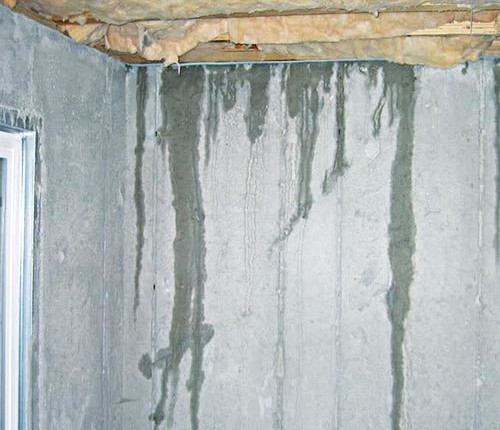
Have you ever had an experience of water contamination in your home as a result of wastewater reversal? I hope not. One of the most annoying, most inconvenient and the most harmful of all plumbing emergencies that you have to watch out for is backflow (what is backflow?). Although, one may get totally annoyed at not being able to use the supposedly potable drinking water, don’t forget that ingestion is the bigger issue. What if a loved one drinks that toxic water accidentally? What if it’s your child that takes that foul-smelling, bacteria infested liquid? There’s more harm to backflows than one could imagine. Thus, we need backflow prevention devices because of this.
We have backflows when there is a reversal of unfavorable substances (like gasses, sewage, industrial wastes and other harmful liquids and elements) in your drainage system. They can occur when pressure changes in the cross-connection of the plumbing system. For instance, you might have a bucket of herbicide ready for your plants while doing some gardening and. After some time, you start to water your greens and just as you are doing that, you are called by your spouse, and then you accidentally put the end of the hose into the bucket because you’re in a hurry to get inside. You do not remember that it should not be put in there. Some suction effect is created by the hose, and it siphons some herbicide into your plumbing system. The herbicide then travels through the tube into your tap and straight to your water lines, having your clean water contaminated. That’s an example of a backflow occurrence.
Now, one thing you should keep in mind is that because there are a lot of cross-connections in your plumbing, backflows can occur anytime, without installing a prevention device.
The devices that protect your clean water lines from contamination that result from the reversal of undesirable liquid and other substances in the system are known as backflow prevention devices. It has the primary function of maintaining a particular amount of pressure so that when a plumbing emergency such as pipe bursting or freezing occurs, wastewater won’t travel back to your potable water supplies.
To do their job, backflow preventers create air gaps in the system in most cases. Air gaps are open spaces that can be found in a valve or fixture and a place where water can accumulate. Pressure can be maintained, and soiled water is restricted from flowing back due to the air gap.
Several types of backflow prevention devices exist. There’s the PVB (Pressure Vacuum Breaker); the DCA (Double Check Assembly); the RPZ (Reduced Pressure Zone) and the AVB (Atmospheric Vacuum Breaker). The last one (AVB) is installed just right after the zone control valve, specifically on each of the sprinkler system zone while the first three are installed after the isolation valve.
If you are having issues with basement water backflow, don’t hesitate to contact Direct Waterproofing – a professional team of basement waterproofing experts.
 Will Your Wet
Basement
Pass a Home
Inspection?
It would be detrimental if you just put an offer on your home only to find that you have a leaky basement or the basement has had past flooding. What does a wet basement mean, and which options can you use to keep the basement dry? Water intrusion in the basement is common because basements are built below grade.
Read more
Will Your Wet
Basement
Pass a Home
Inspection?
It would be detrimental if you just put an offer on your home only to find that you have a leaky basement or the basement has had past flooding. What does a wet basement mean, and which options can you use to keep the basement dry? Water intrusion in the basement is common because basements are built below grade.
Read more
 Reasons Why Water
Is Coming Over Top
of Foundation Wall
There are several signs that show your basement to develops leakages, and each sign aids to identify the specific concern. Direct Waterproofing helps you assess the problem and confirm any signs of leakage.
Read more
Reasons Why Water
Is Coming Over Top
of Foundation Wall
There are several signs that show your basement to develops leakages, and each sign aids to identify the specific concern. Direct Waterproofing helps you assess the problem and confirm any signs of leakage.
Read more
 Basement Leaking
Problems
During Rain
If you notice puddles on your basement floor every time it rains, it’s a sign of a basement leak. Our experienced waterproofing experts have seen it and will know what to do.
Read more
Basement Leaking
Problems
During Rain
If you notice puddles on your basement floor every time it rains, it’s a sign of a basement leak. Our experienced waterproofing experts have seen it and will know what to do.
Read more